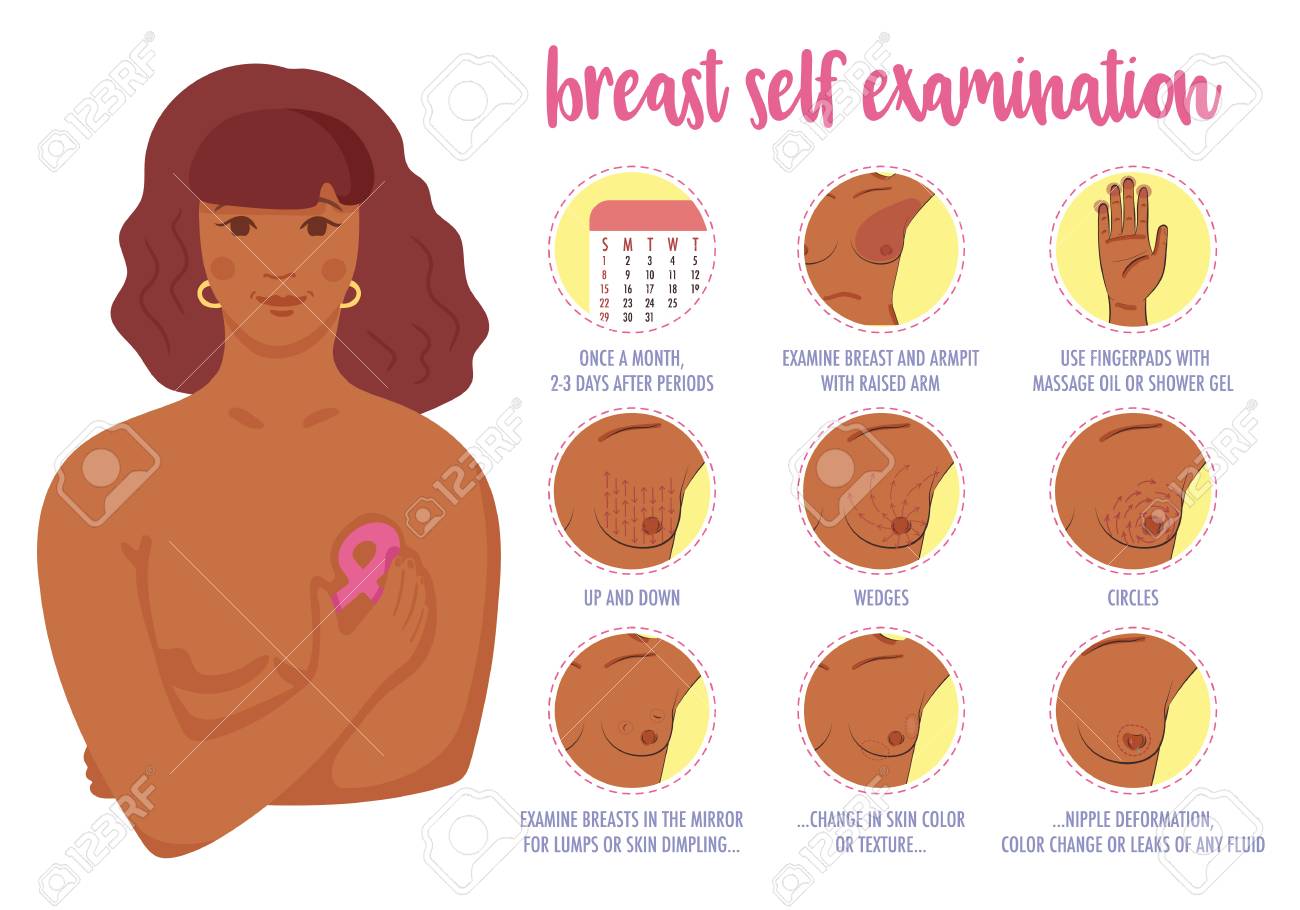Several times over the years, I have been asked why I chose to do Oncology (cancer) as my field of specialty. Sometimes, I have been told straight up that I am wasting my time because we don’t have cancer in Liberia. Every time I face such a situation, I can’t help but think about how ignorance has killed and continues to kill our people.
My first encounter with cancer was in 2001 when my mother was first diagnosed with breast cancer. Since then, the fight became personal for me as I vowed to help as many as I can so that they won’t have to go through the pain and agony my family and I had to suffer because of this silent killer who comes into your body unannounced and gradually destroys you from within until there’s nothing left.
As the years have gone by, I’ve seen people gradually awaken to the reality that YES INDEED CANCER DOES EXIST IN LIBERIA, and this makes me happy. All around us we see people observing the month of October as the Month for Breast Cancer Awareness and I cannot help but ask myself this one question, “If we had all this awareness back in the early 2000s, would my mother still be alive today?.” This makes me want to fight even more to beat cancer.
Today in the world, cancer is one of the leading causes of non-infectious deaths. In 2020, WHO reported a total of 19.3 million new cases of various types of cancers, and 10.10 million new cancer deaths. Breast Cancer was reported as the most common type of cancer in both sexes, with a recorded number of 2.3 million new cases and 684,996 new deaths. The total number of new cancer cases reported in Liberia was 3,552 and the total number of cancer deaths was 2,603. That is, 73% of the cancer cases in Liberia ended in death – a very alarming cancer mortality rate. Breast cancer accounted for 528 (14.9%) cases, making it the second most common in Liberia. Before we celebrate such low numbers, let us remember that we are not screening for breast cancer, hence the low figures. This should also alert us that more needs to be done to save lives.
As the numbers continue to increase worldwide, it is therefore very important that we continue to carry out awareness and screenings. So in observance of this month, I have decided to provide some information about breast cancer.
First, we need to know what cancer means. Cancer simply refers to an uncontrolled growth of cells in the body and takes the name of wherever this growth happens, e.g., breast cancer, thyroid cancer, stomach cancer, etc.
What are the Risk Factors for Breast Cancer?
The main cause of breast cancer is still not fully understood; however, several factors have been studied and found to increase the risk/likelihood of developing breast cancer. These factors are broadly categorized into two groups: modifiable and non-modifiable risk factors.
The modifiable risk factors refer to those things that increase your risk of developing breast cancer through your lifestyle. When you adjust your lifestyle and avoid these factors, your chances decrease, and they include:
- Being overweight or obese
- Lack of physical activities
- Use of oral contraceptive pills
- Alcohol intake
- Use of postmenopausal estrogen replacement therapy
- Smoking
On the other hand, the non-modifiable risk factors refer to those risk factors that we cannot control and include the following:
- Old age
- Family history of breast or ovarian cancer
- Personal history of previous breast cancer
- Previous treatment with radiation to the chest
- Early menarche (menstruation) before the age of 12
- Late menopause – after the age of 55
- Nulliparity (never given birth to a live child)
- Delayed first full-term pregnancy above the age of 30
Signs and Symptoms
Breast cancer, like many other cancers, can be asymptomatic and discovered accidentally. When it becomes symptomatic, the most common symptoms include:
- Lump in the breast that is not going away, or under the arm
- Bloody nipple discharge
- Nipple retraction (this means your nipple appears to be withdrawing inside)
- Skin changes of the breast (skin irritation or dimpling)
- Warm, red, swollen breast
- Pain in the breast
If you experience any of these, please try to visit your doctor for further assessment.
Screening and Early Detection
Breast cancer and every other cancer is best treated when detected early, it is strongly advised that you make screening and early detection a very important part of breast cancer management. Early detection methods include:
- self-breast examination every month at the end of your menses (period)
- annual breast examination with your doctor
- mammogram
- MRI
The mammogram is the most commonly used imaging for screening. It is done along with an ultrasound of the breast to give better results. Guidelines recommend that mammograms be done once every 2 years from 50-74 years, yearly from 45-49 years, and for those 40-44, you can discuss with your doctor when to begin your screening. If you have a family history of breast cancer, it is advised that you begin your screening earlier.
As we continue the awareness messages, remember that the screening begins with you and should continue throughout the year. Prevention and early detection are the best options in the fight against breast cancer so let us continue to spread the word. That lump in the breast is not “African sign”. Get tested and get treated early because early detection and early treatment yield the best results.
Authored by: Deddeh E. P. Supuwood, BSc, MD
Featured Image by: Depositphotos

